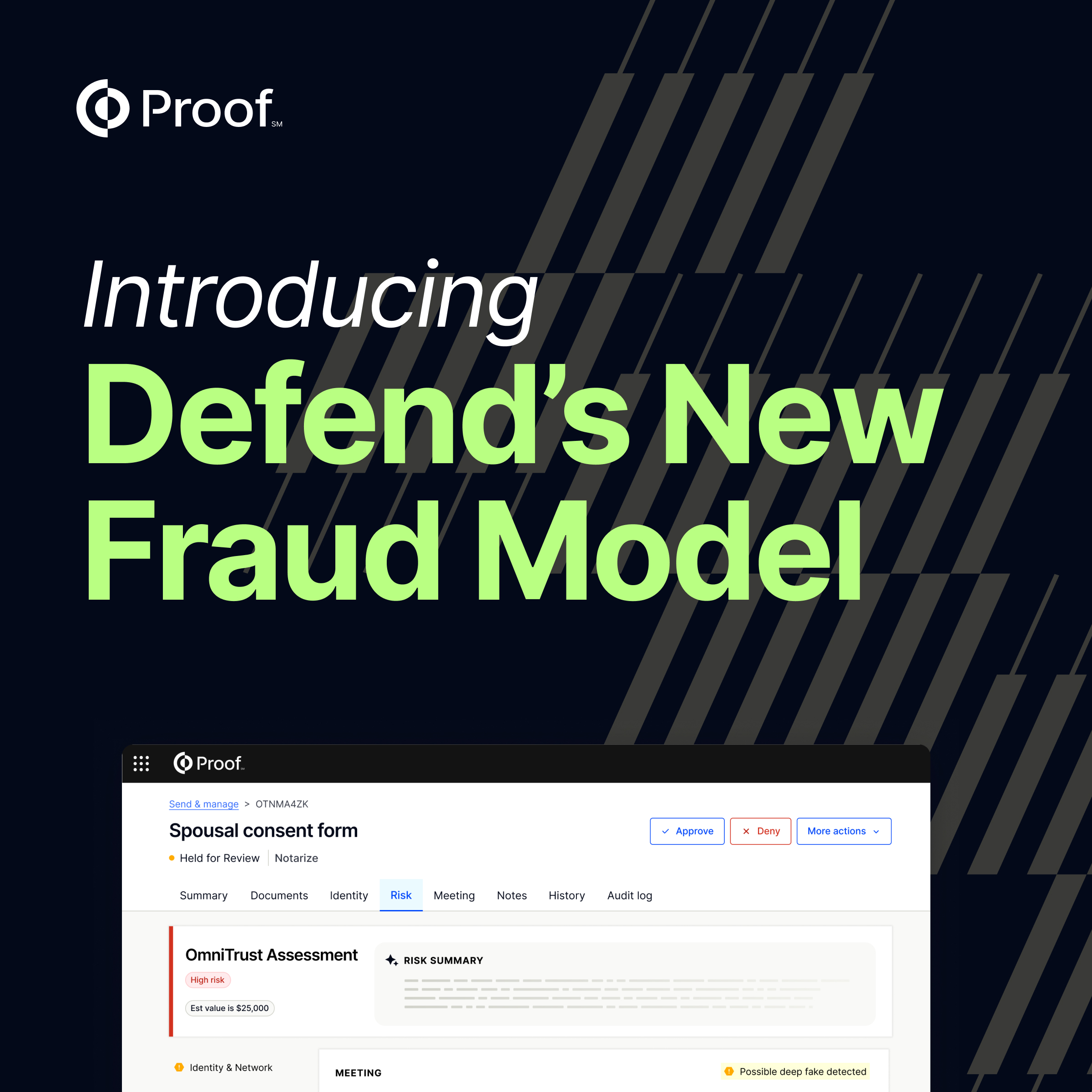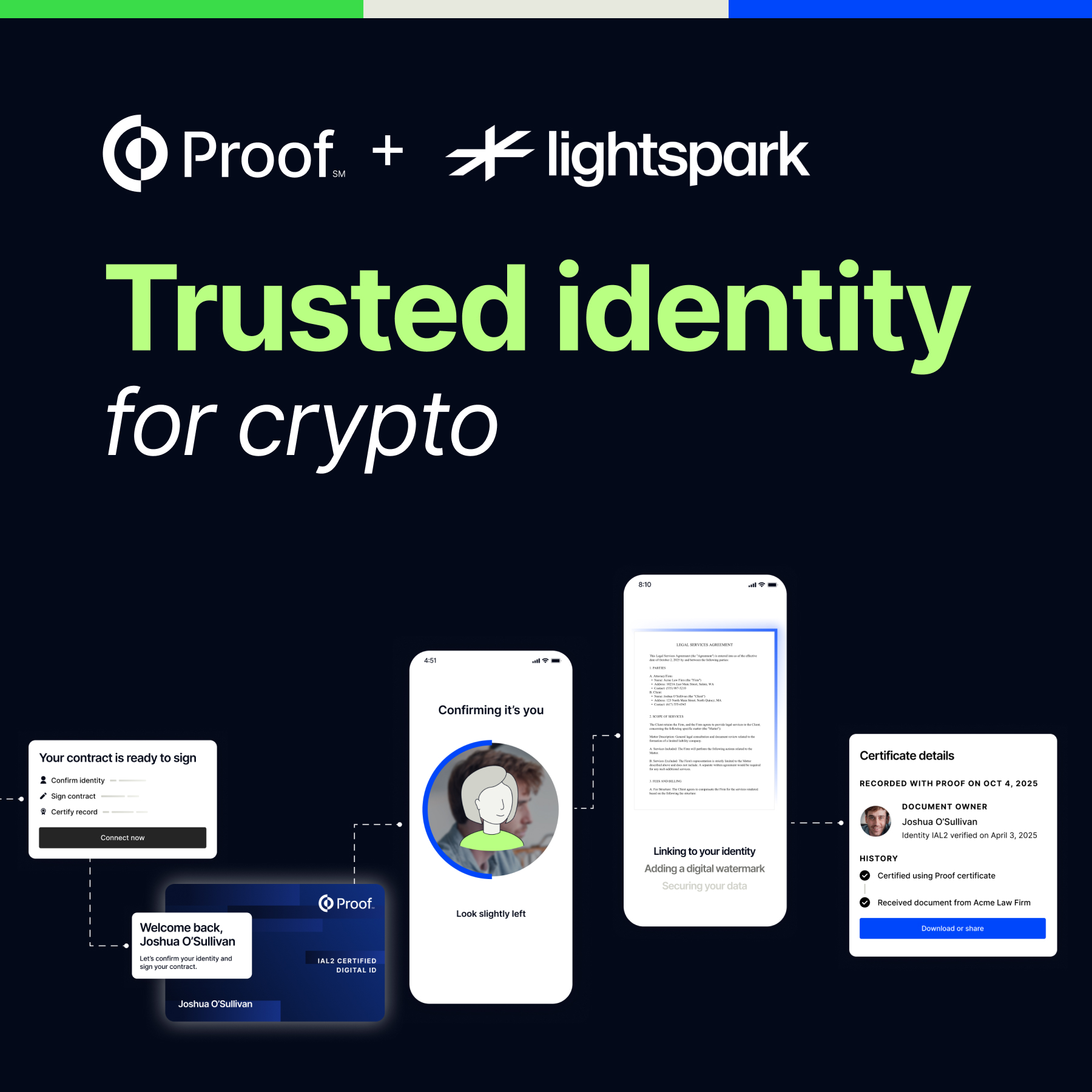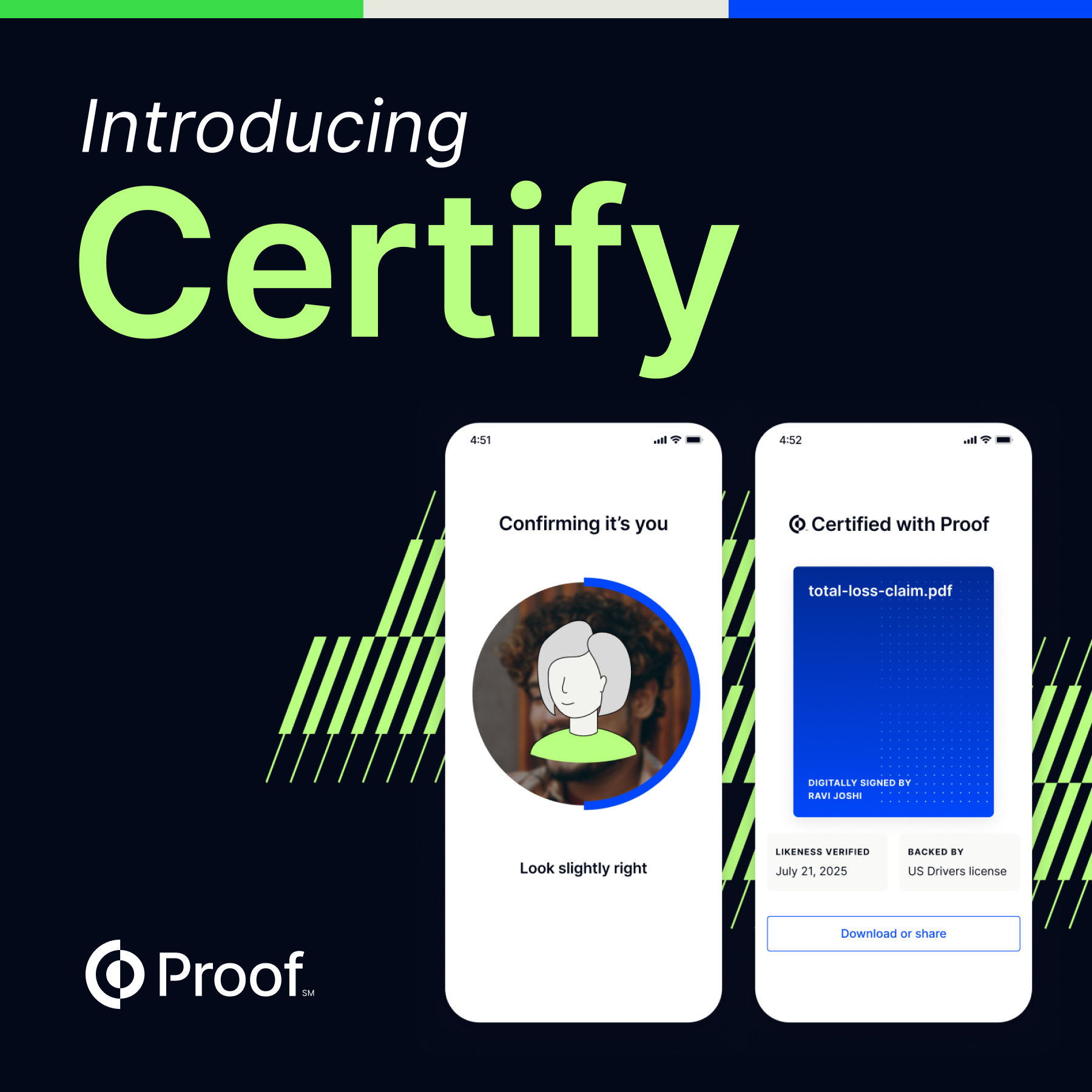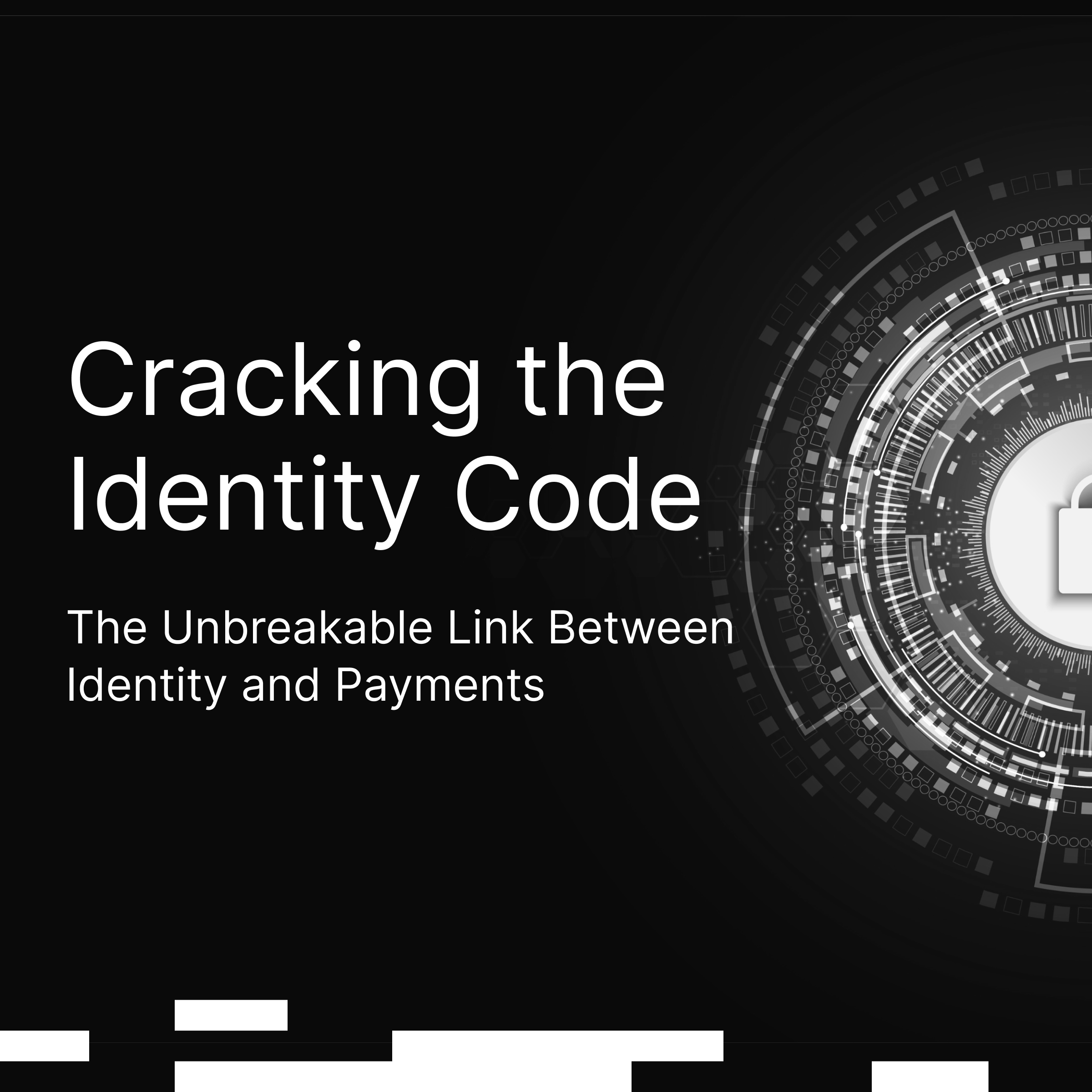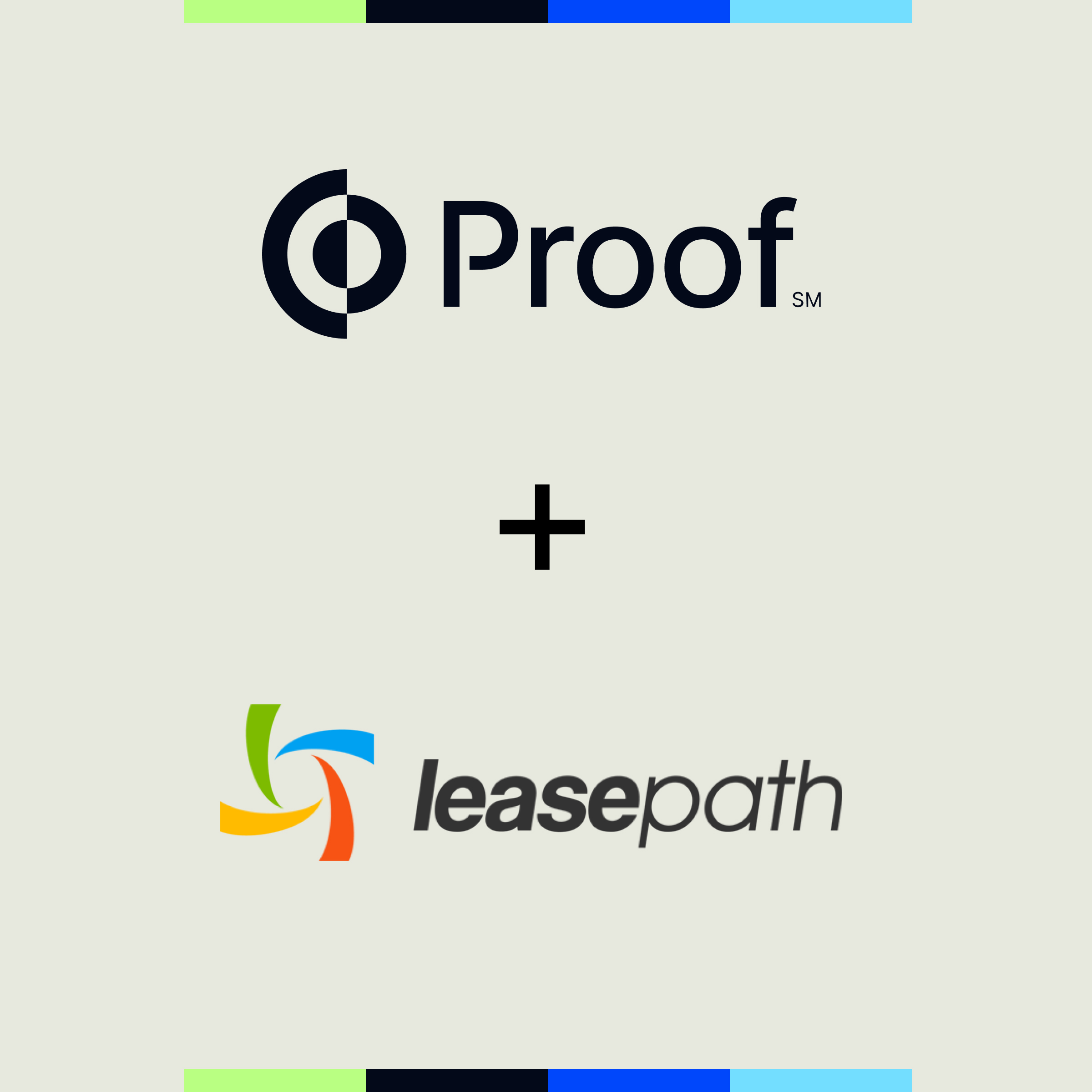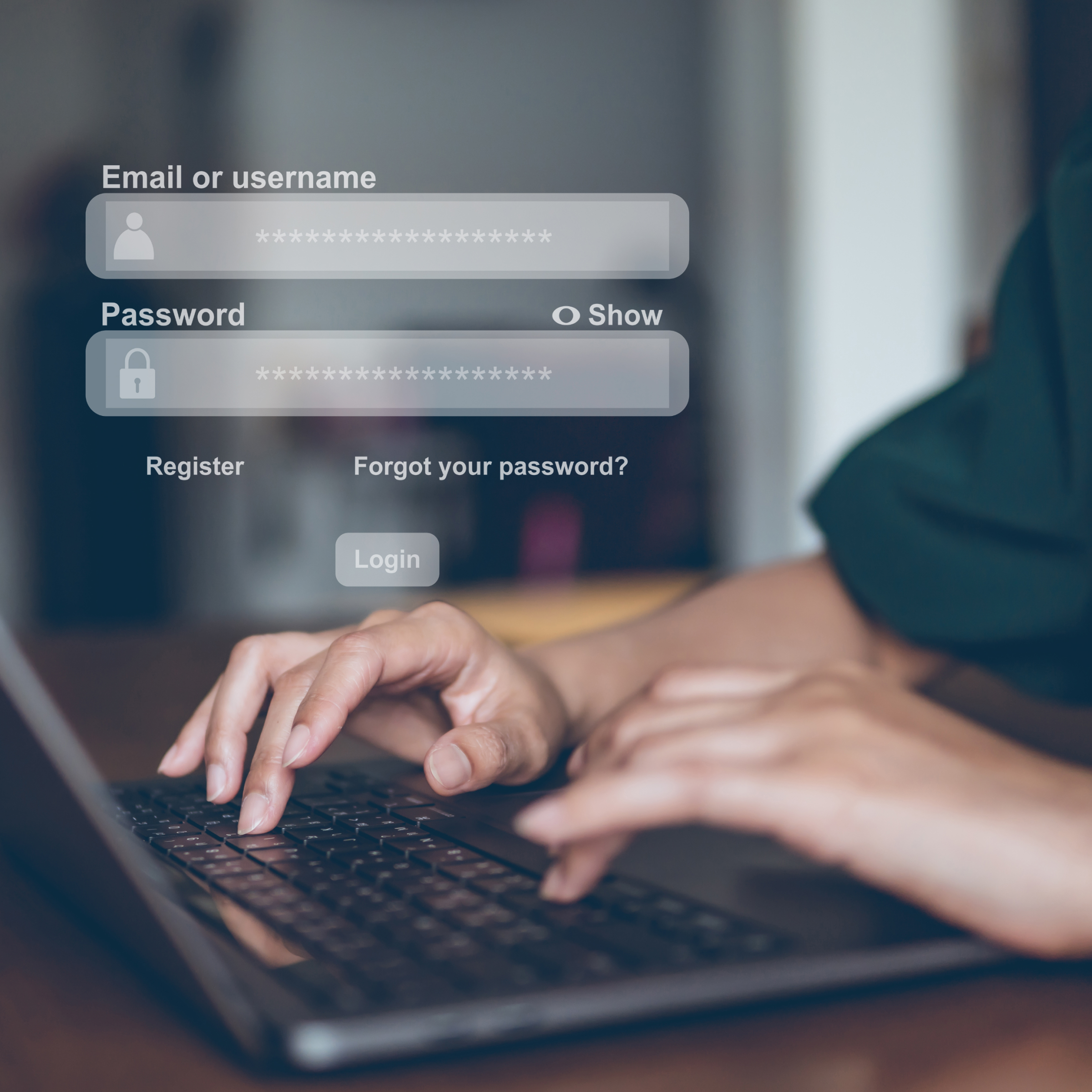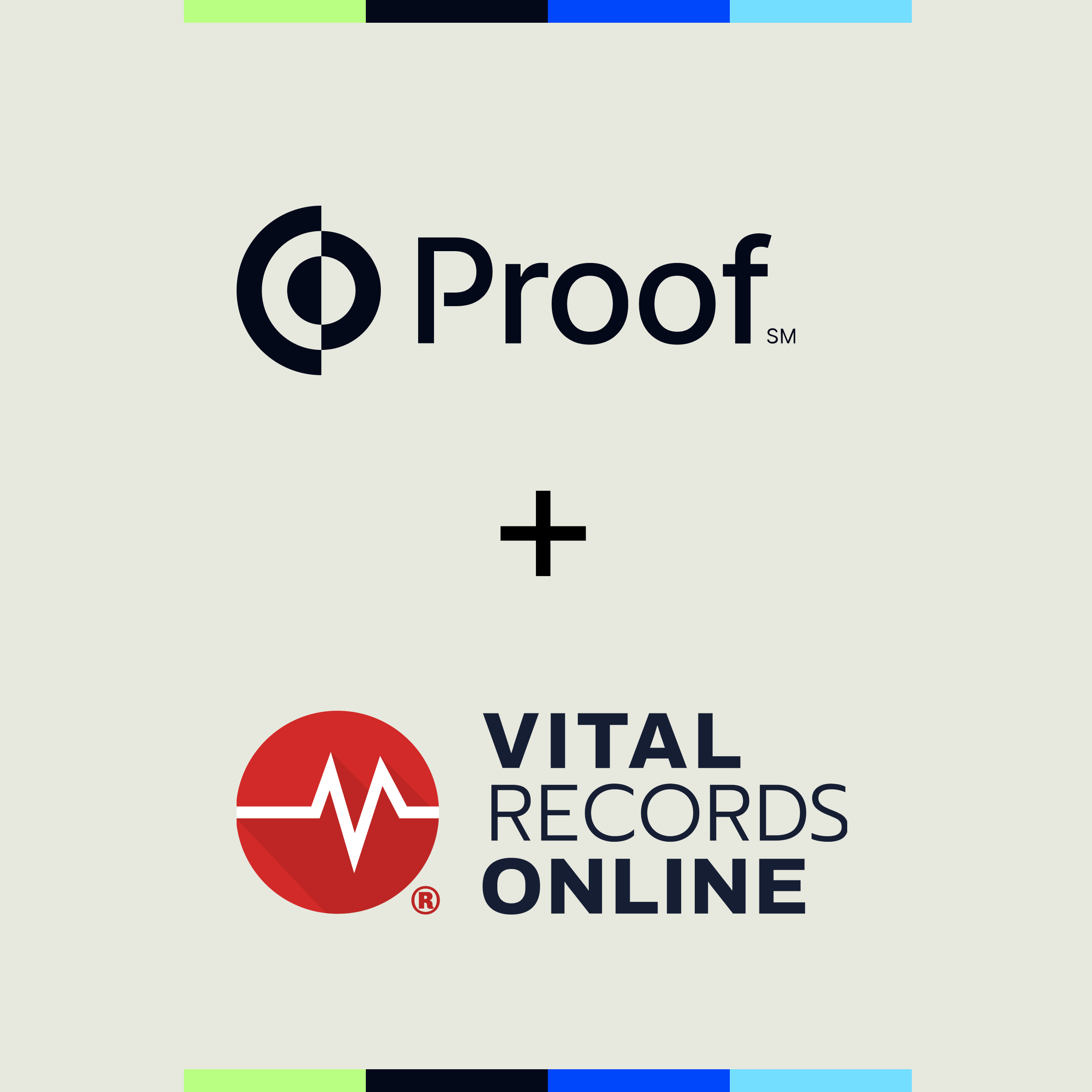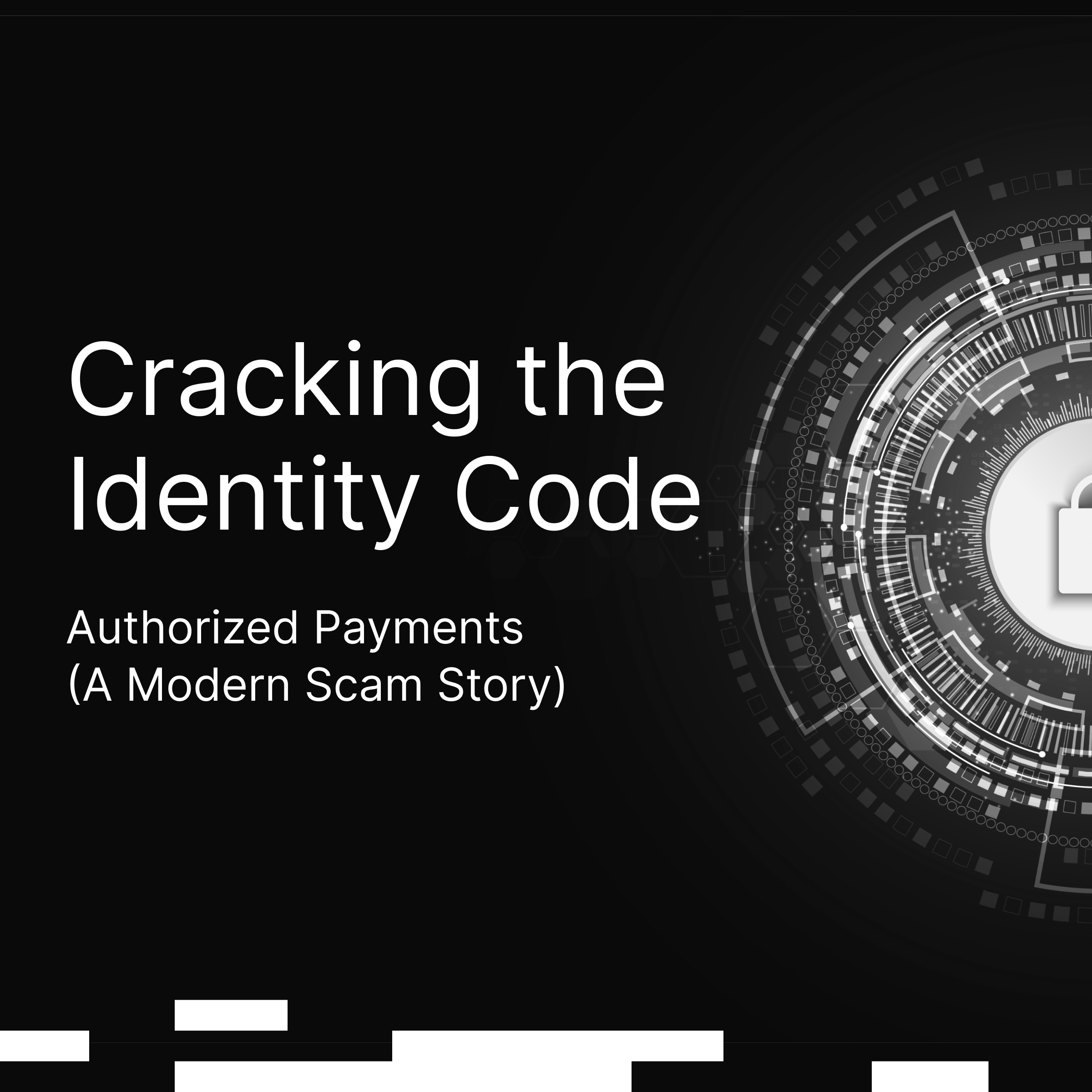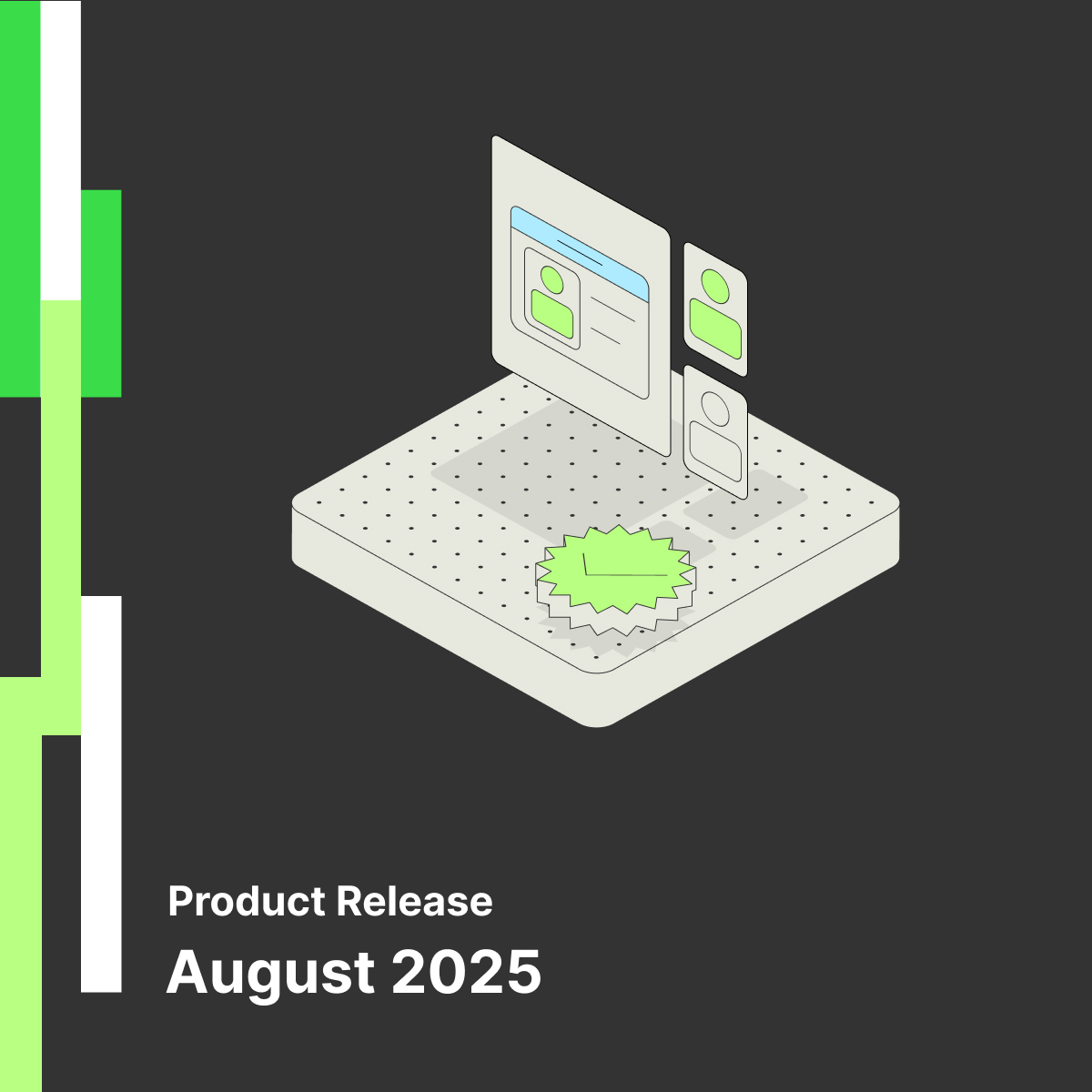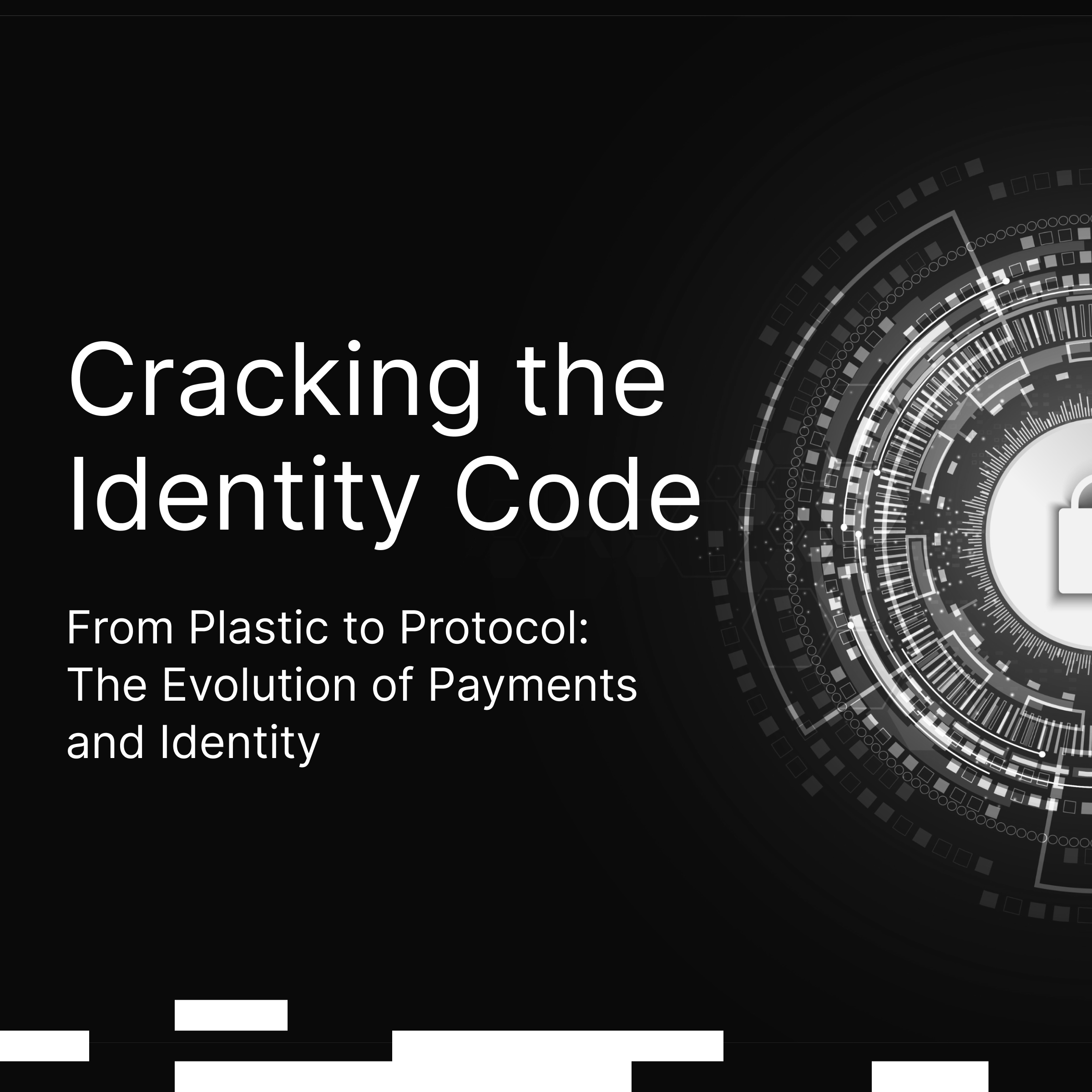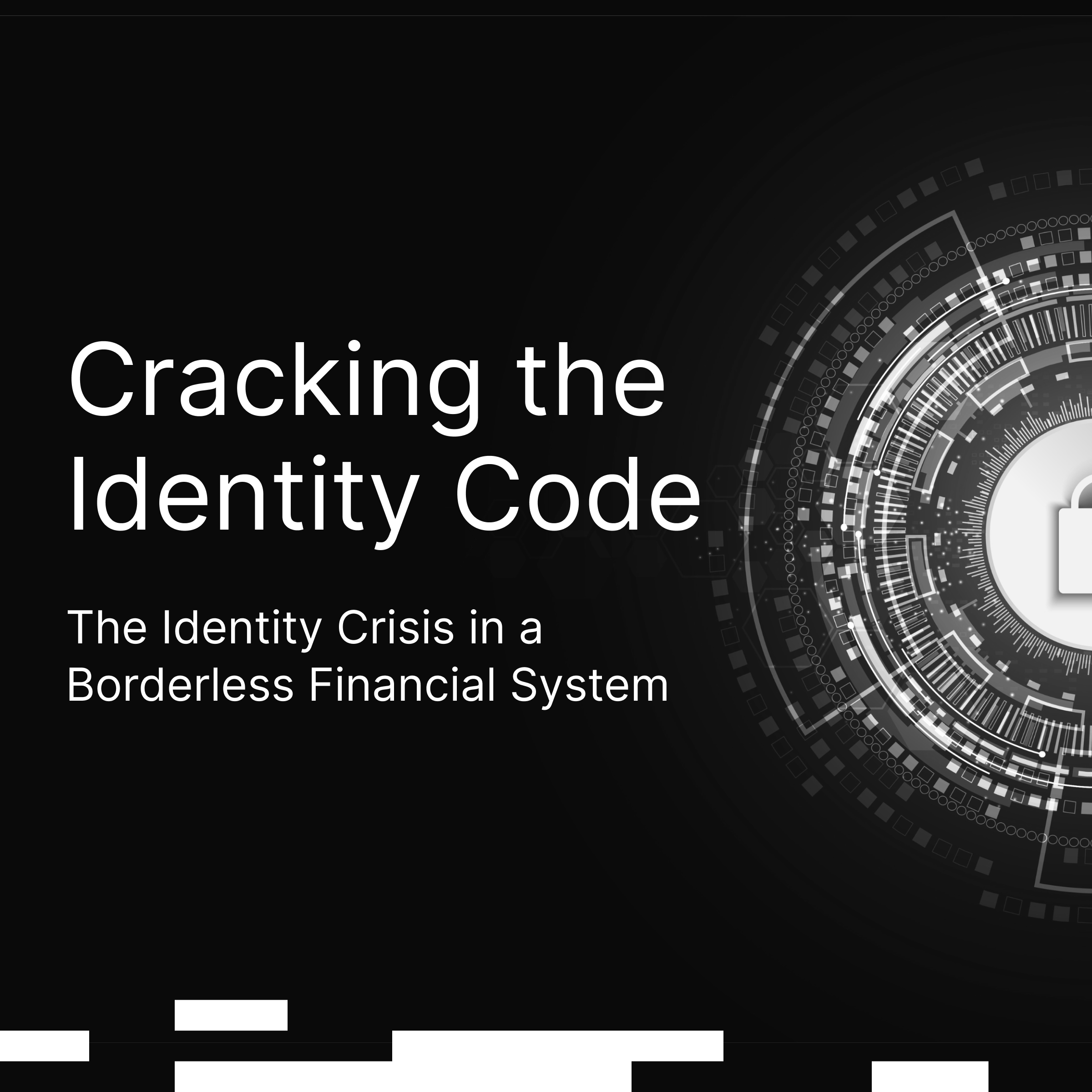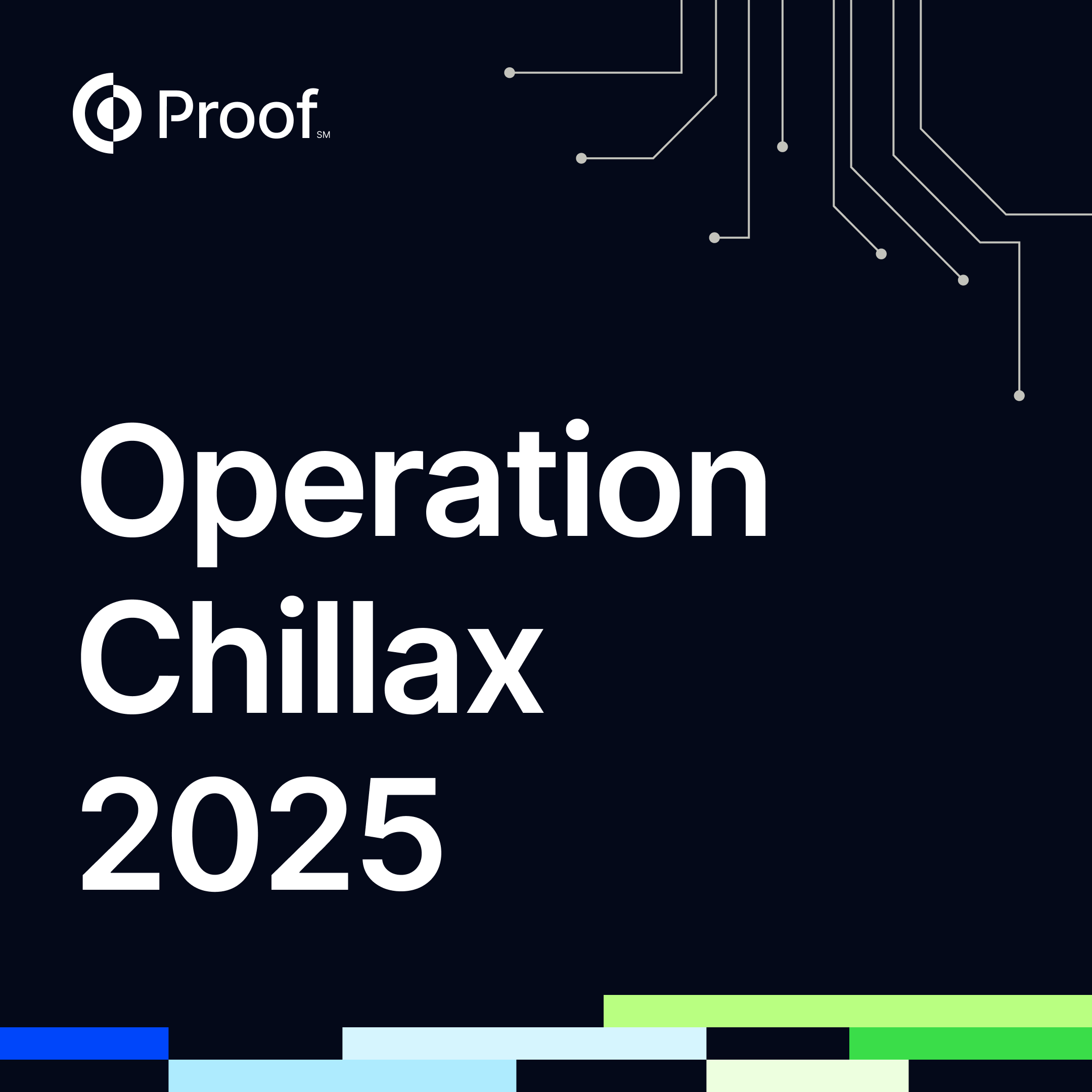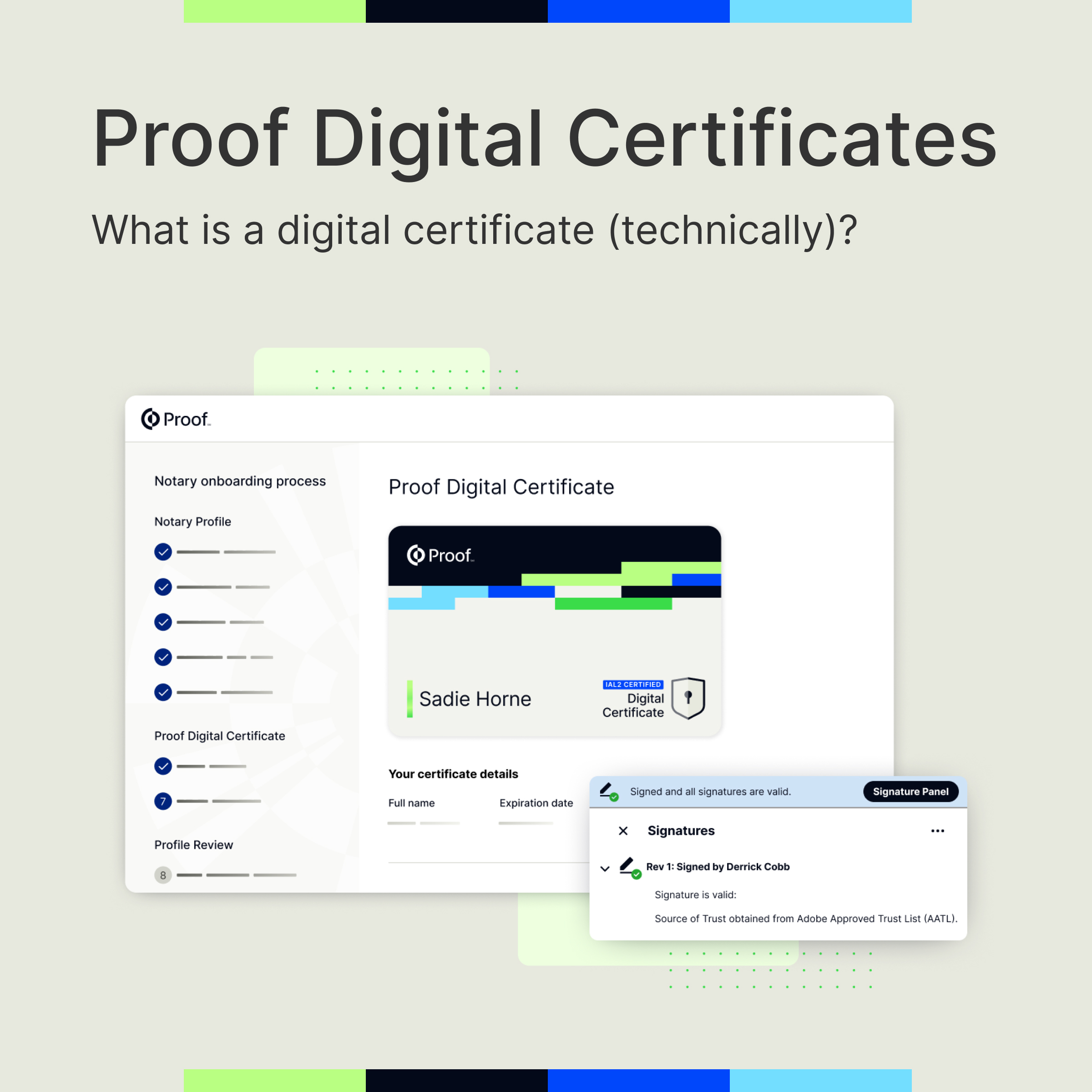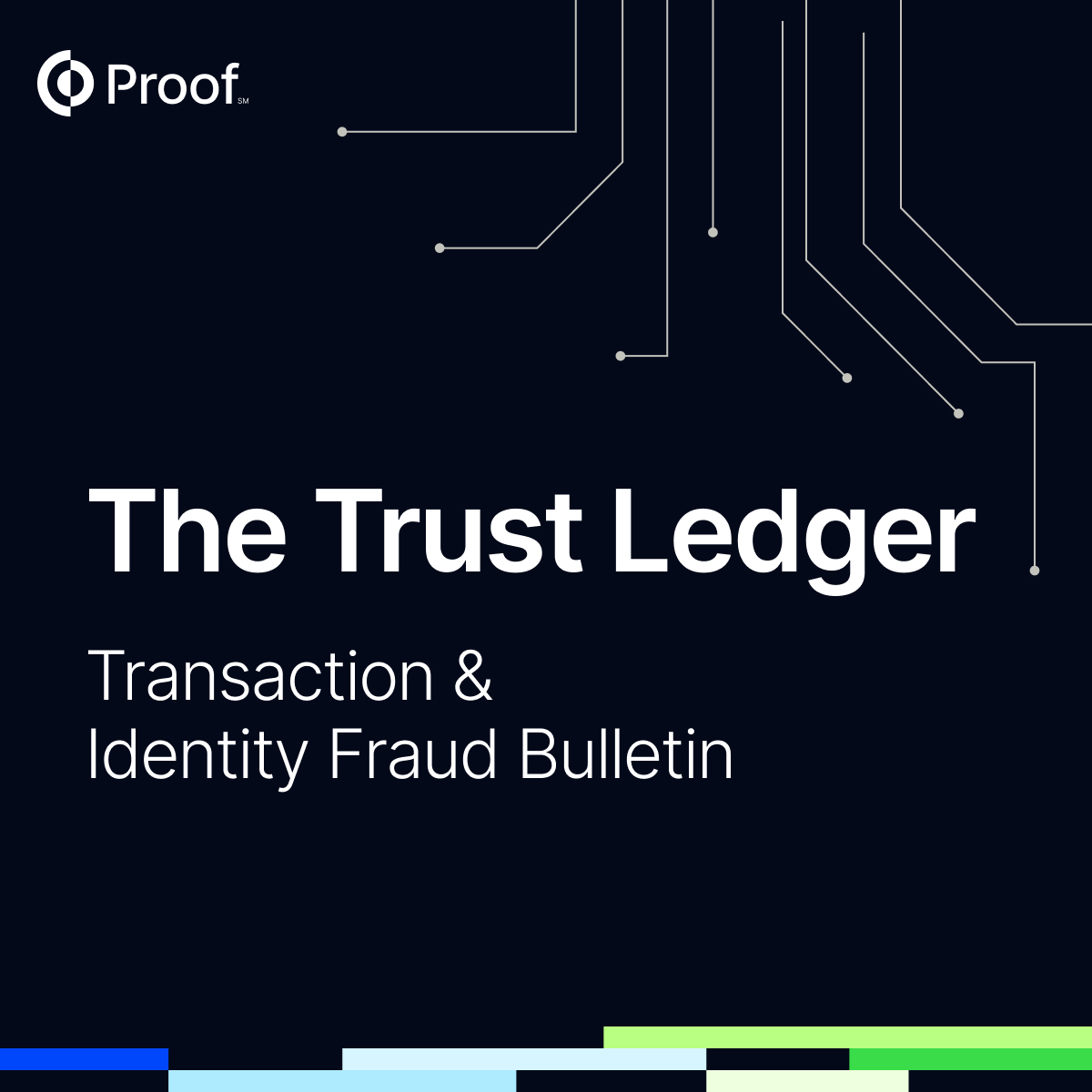Trust Doesn’t End on Day One: Continuous Identity for Ongoing Access


Onboarding is only the beginning of trust. After identity is initially verified and accounts are created, identity risk does not disappear; it changes shape.
In a world of remote work, distributed vendors, and high turnover, most breaches do not come from outsiders breaking in. They come from identities that were once legitimate but have since been compromised, shared, or left behind. That is why organizations cannot treat verification as a single step in a workflow. It has to be a living part of how access is granted, managed, and renewed.
The Post-Onboarding Blind Spot
Once someone has been onboarded, identity verification often stops. That initial verification lives on indefinitely. Contractors move to new projects. Employees change roles. Vendors cycle in and out. Yet their access to systems, documents, and data often remains.
Fraudsters know how to exploit this. They look for inactive accounts, shared credentials, or recovery workflows that skip identity verification. Once inside, they can impersonate trusted users and bypass security controls completely.
The risk is not that verification failed; it is that it stopped too soon.
Extending the Chain of Trust
Proof helps organizations keep identity connected to every access event that matters. With Certify, each verified individual receives a persistent credential that ties back to their original identity verification. That credential can then be used to prove authenticity every time a sensitive action takes place, whether that is re-accessing a system, changing account details, or recovering credentials.
This approach extends the chain of trust beyond onboarding. It means every major action in an employee or contractor’s lifecycle—logins, password resets, document signings, and authorizations—can be verified against a trusted source of truth: a previously certified identity. Reverification should be selective, not constant. Continuous identity does not mean endless checks; it means intelligent, risk-based assurance.
Organizations can use signals like inactivity periods, device changes, or unusual access patterns to trigger reverification automatically. When those signals appear, Verify can be invoked to confirm that the person behind the action is the same person tied to the original credential. Once confirmed, Certify refreshes or reissues that credential, keeping the record current and auditable.
By combining passive monitoring with selective reverification, organizations can maintain high trust without adding friction to everyday access.
Persistent identity changes how teams manage access across distributed workforces:
- IT and security teams reduce orphaned accounts and handle recovery faster.
- Compliance teams gain auditable proof that only verified individuals handle sensitive information.
- End users experience fewer interruptions because verification happens once and carries forward.
When identity becomes portable and durable, it transforms from a checkpoint into a foundation for security and collaboration. The strength of Proof’s platform is that each stage builds on the last:
- Identify confirms who someone is before onboarding begins
- Verify steps in selectively when risk signals rise
- Certify keeps that trust alive long after day one
Together, they create a continuous identity framework that protects organizations without slowing them down. Every stage of the relationship—application, onboarding, and access—anchors back to one verified human identity.
Why Continuous Identity Matters Now
Remote work, global collaboration, and AI-generated fraud have redefined what identity risk looks like. Attackers no longer need to break systems; they just need to impersonate people.
By maintaining persistent identity through Certify and selective reverification through Verify, organizations can outpace that threat. The result is a system built on durable, verified trust rather than one-time checks.
In an environment where identities move faster than security policies, continuity is everything.
Disclaimer: Proof’s products are designed solely for identity verification and fraud prevention. They are not to be used to evaluate a candidate’s qualifications, character, or suitability for employment.




























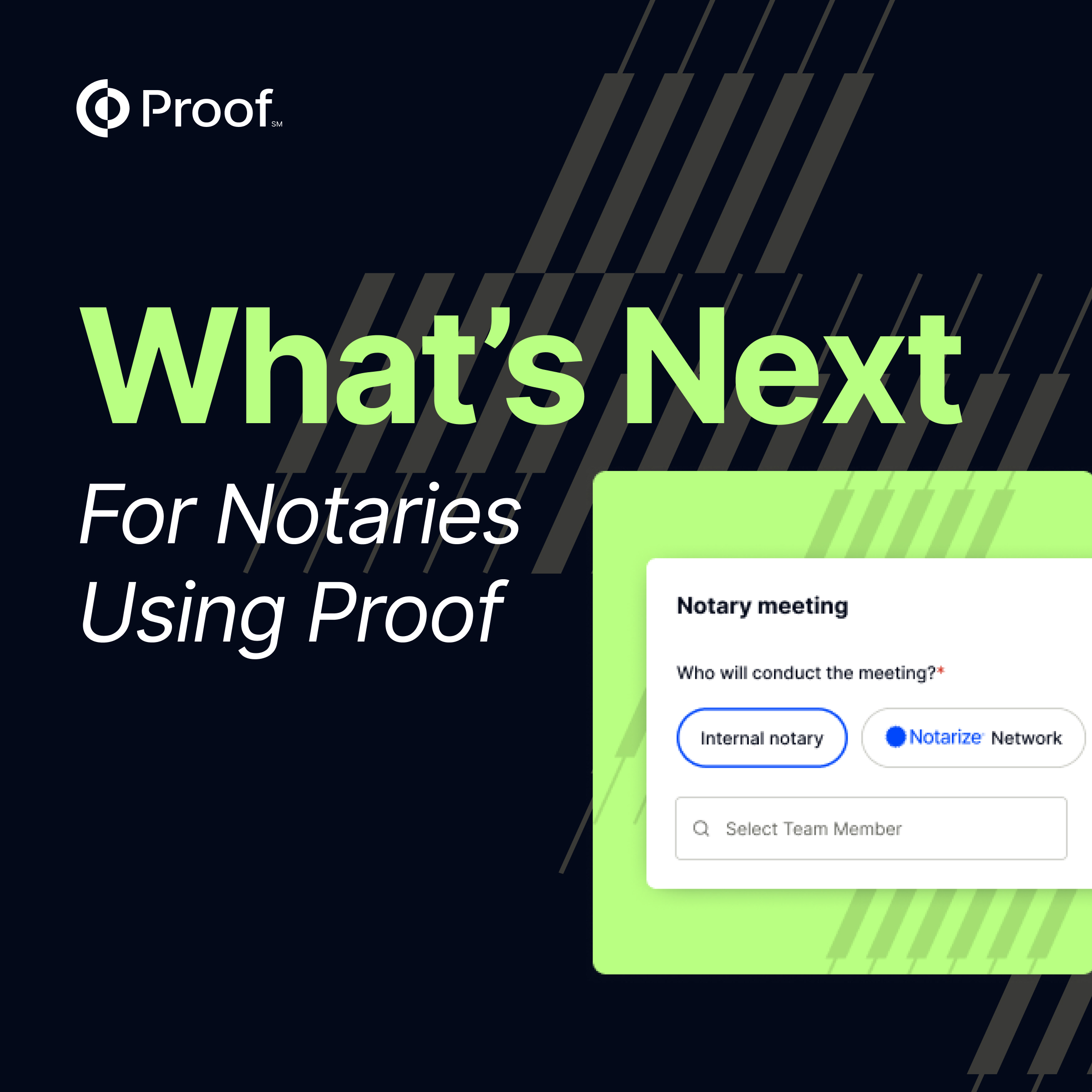


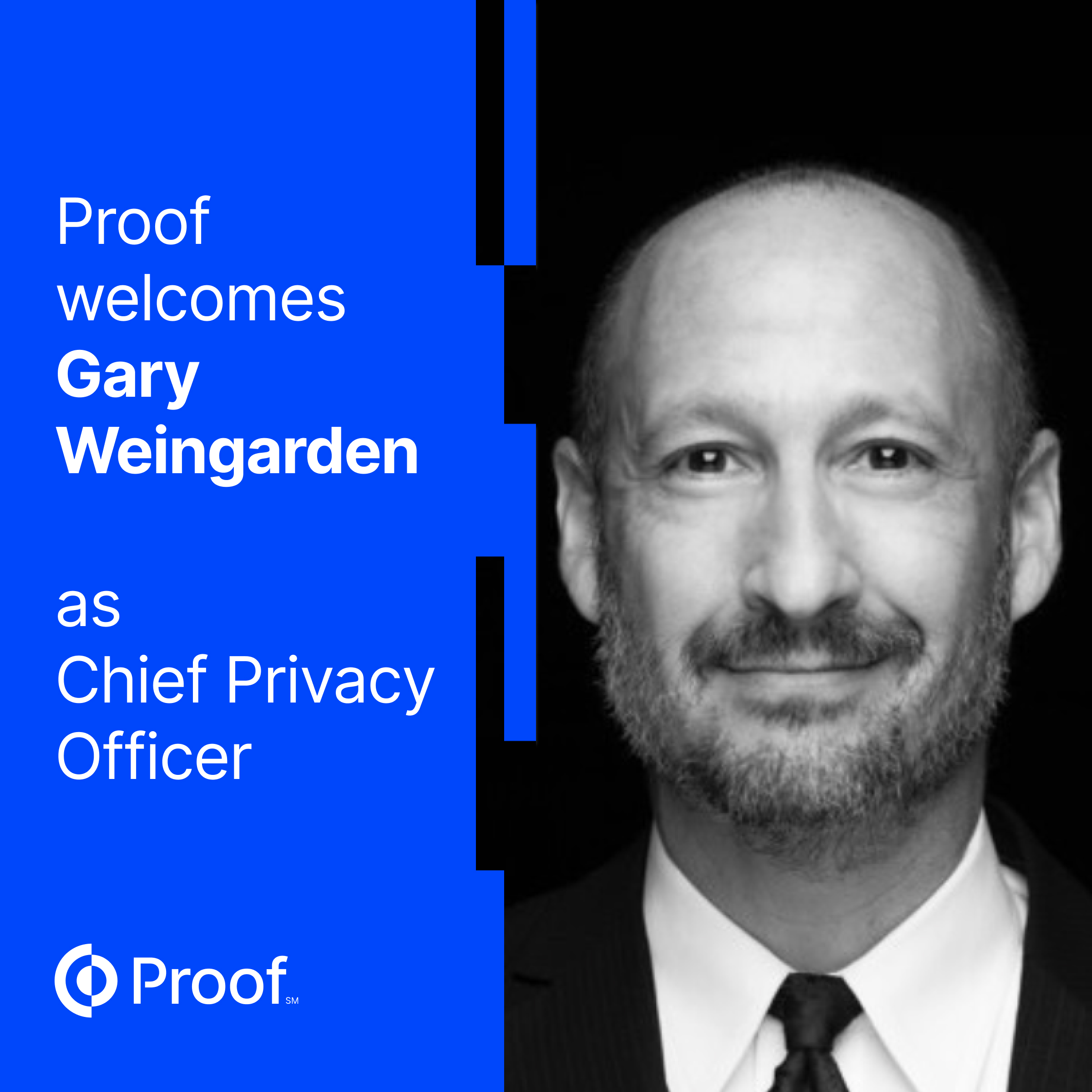


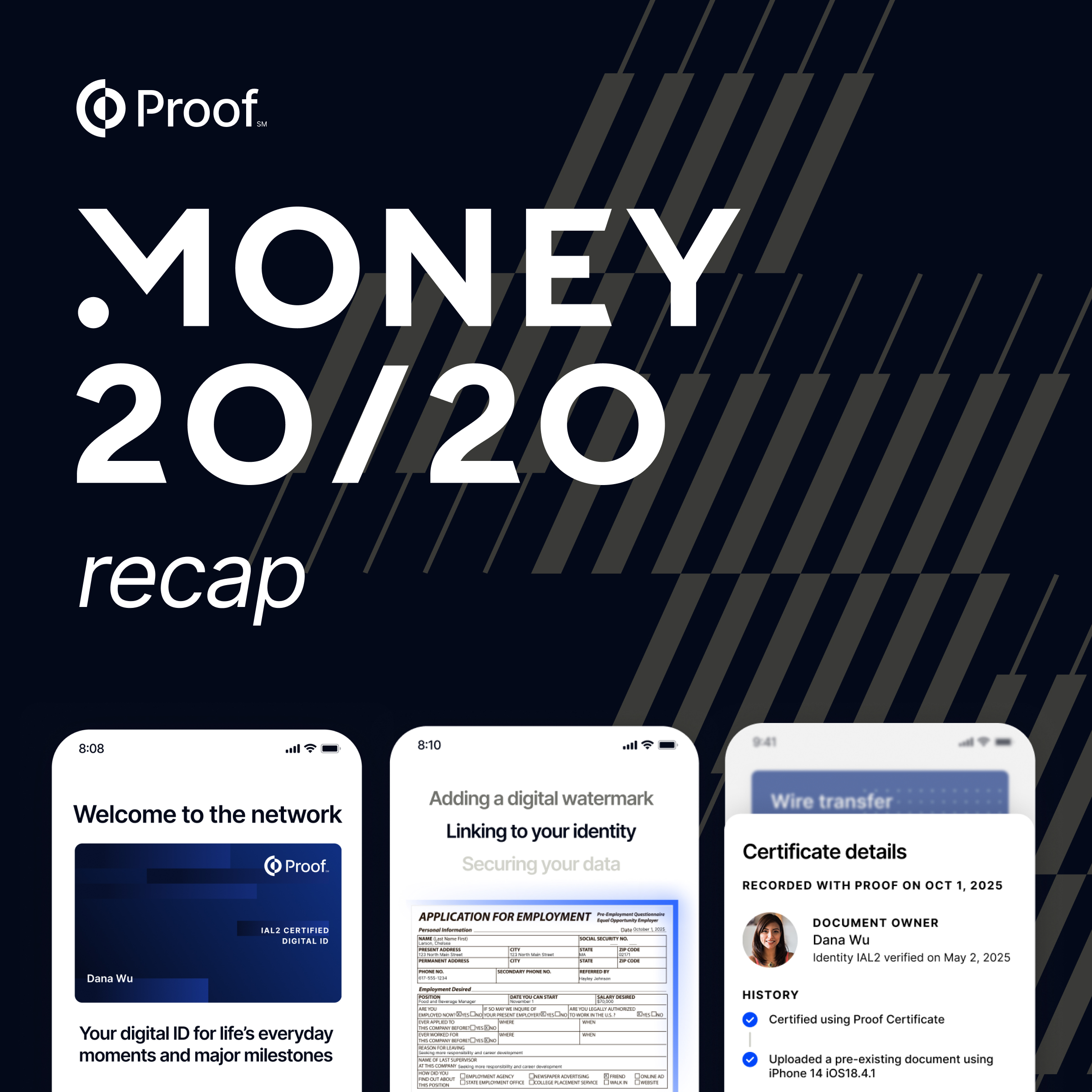



.png)


.jpg)
